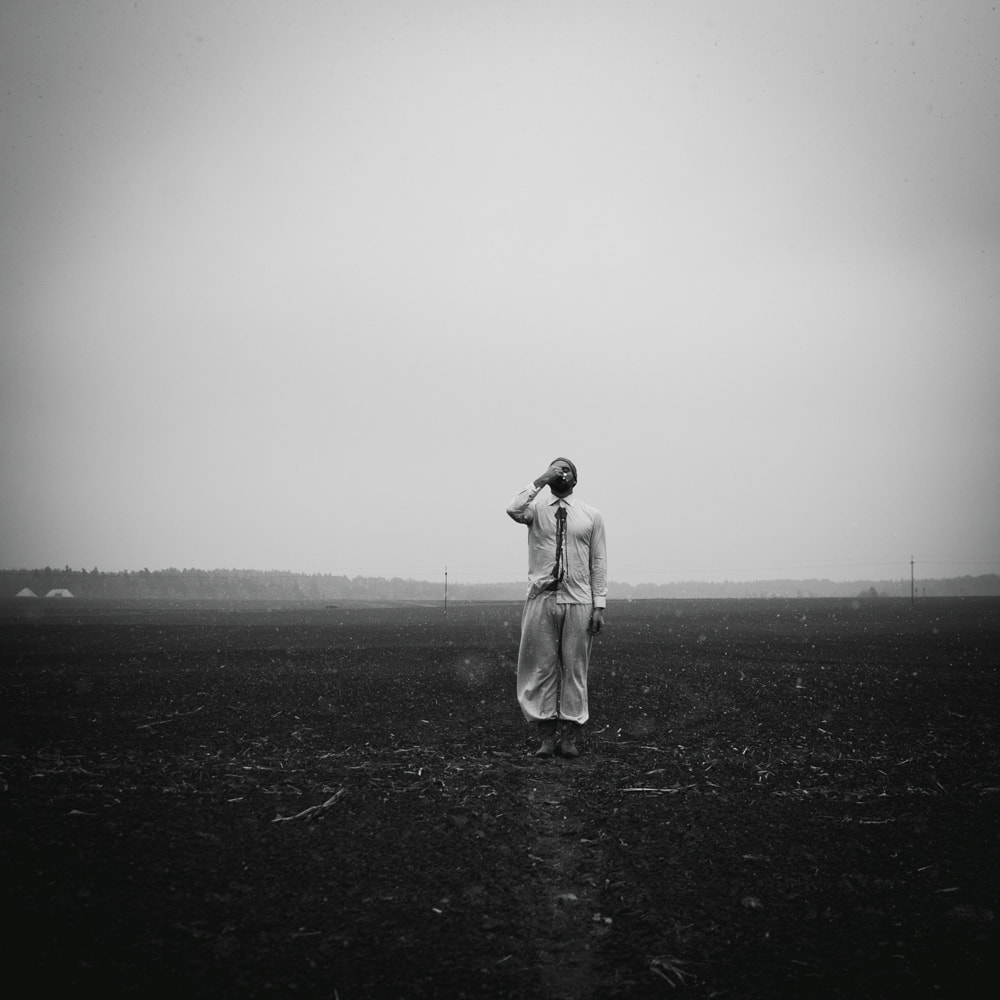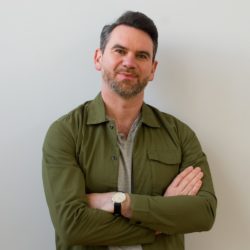Michal Konrad
Interview with Michal Konrad
TIFA 2020 Winner, 1st Place, Non-Professional People category – “Promised Land”
Originally Michal Smuda, Michał Konrad is his artistic pseudonym that he has been using since 2016. He was born 1983 in Wodzislaw Slaski, a small town in southern Poland. Apart from being a photographer, he is also a teacher. Privately, he is a husband and father of three daughters.
Q: What is your dream photography project?
I am more of a realist and focus on everyday life, and this everyday life brings me a lot of inspiration for creating projects. An example is my recent project “Plaque”, which I created while confined to 17 days isolation from Covid-19. Life itself gives me topics, and I try to present them as best as possible through photography. For those interested, here is a link to the “Plague” project.
Q: Describe a real-life situation that has inspired you?
In fact, I described such situations in the previous question, but I have so many situations that I would love to share. Some time ago I completed the project “Birds and People” in which I played the role of a bird, more specifically a black raven (I say that I embodied because most of my projects are self-portraits). Wearing a black cape, I wandered through fields and deserted places, wanting to best reflect the atmosphere of this beautiful bird’s feeding. Throughout history, the Raven has gained many opinions, both good and bad. In my social space, the raven is perceived negatively, mainly because of the Catholic religion.
Through the project, I wanted to identify many inequalities that exist in societies. People often judge by appearance and prejudices. I wanted to ask a question mainly through the project “Birds and People”? am I angry because I’m black as a raven?
Q: If you had a career other than photography, what would it be?
Besides being a photographer, I am also a physical education teacher in high school. From an early age, I loved sports, training football for many years. I think that this is where my life could have turned, I could become a footballer. However, I am very happy that I did not become this footballer, and I am who I am. I like sport so far; I go jogging several times a week.
Q: Is there one photograph of yours that you are very proud of? Why?
Honestly, it is difficult for me to answer this question, because I approach my projects as a whole, not just a single photo. For me, each of these project photos is unique and emotional. From the point of view of the attractiveness of photography, there are certainly those in the project that are better and worse, but it is a greater matter of assessing these photographs by the recipient than by the creator.
Q: What is your most important gadget? Is there something you can’t live without in your studio?
Due to the fact that I take self-portraits, the most important part of my equipment is a tripod.
Q: What kind of photography do you identify with?
The work I do is something between staged and documentary photography, I could also say conceptual. The most important thing in my photography is a thought, a concept that I have in mind long before I realize it in the form of photography.
Q: What themes guide your work and process?
Since 2016, I have been creating photo projects, I could safely say that since then my photography has been conscious and thoughtful. Since 2016, my main theme of photography is human. I really like to juxtapose people against the background of nature and large non-urban spaces.
Q: Based on your “Promised Land” series, what role do you think the photographers have in society? How powerful do you think visual images are as a force for change?
We live in a world of manipulation, the ubiquitous falsehood in which a person as an individual disappears. All systems, the media impose our style of being, show us the trends that people must live. It is hard to tell what is true and what is fiction. The artist as a highly individualized individual should give a testimony of truth through art. No matter whether this truth is good or bad, the artist must try to show it. The world will then be better when we start telling the truth. This is the role I should play as an artist.

